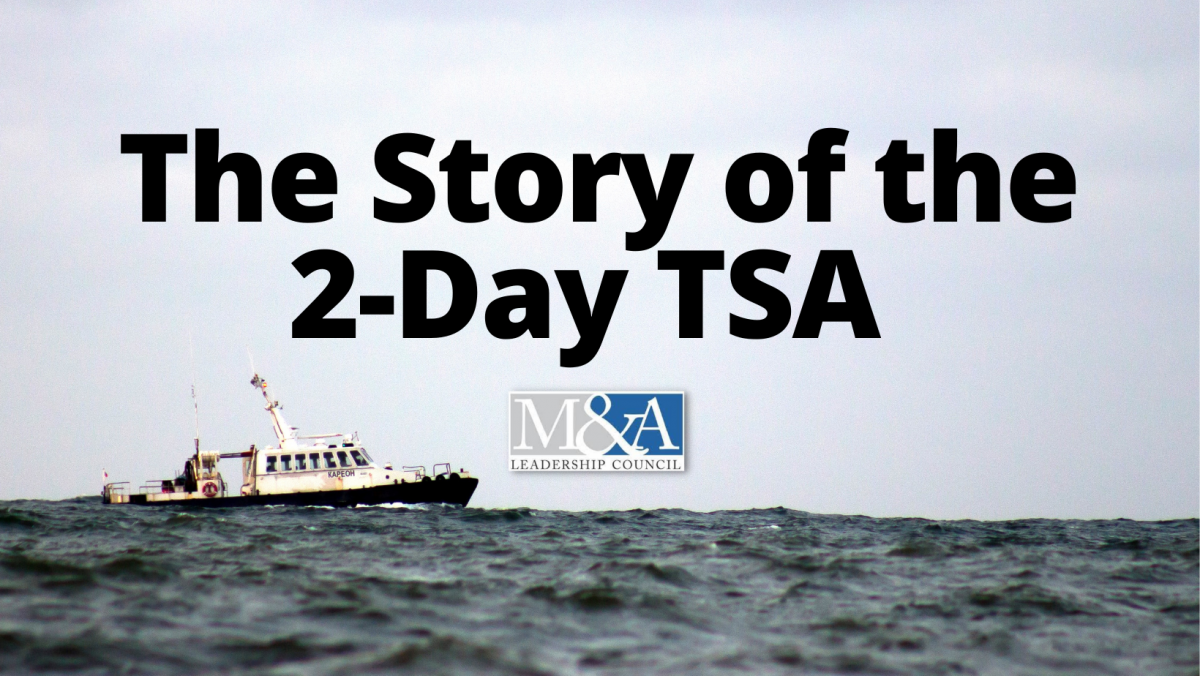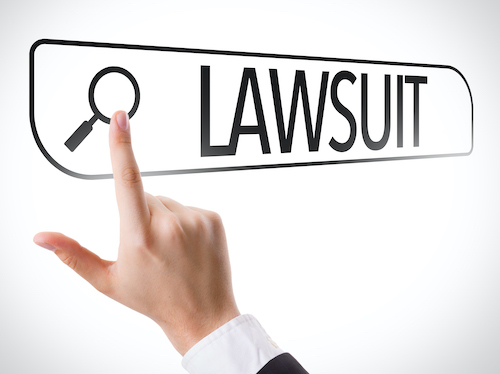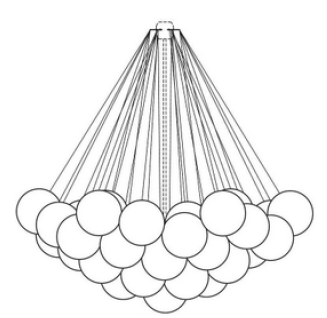Another Bite? CAFC Allows Expansion of Arguments in Reply | Jones Day
In a recent decision, the Federal Circuit found no abuse of discretion by the Board when it allowed Apple to expand its analogous art contention in its IPR reply, finding that the Board’s decision did not run afoul of the “newness” nor “responsiveness” restrictions governing what a petitioner may include in its reply. See Corephotonics, Ltd. v. Apple Inc., 84 F.4th 990 (Fed. Cir. 2023).
By way of background, Corephotonics filed suit against Apple in the Northern District of California, alleging infringement of patents related to systems and techniques that minimize the “jump” effect caused from a dual-aperture camera system switching between wide-lens and tele-lens when zooming in or out. Apple responded with IPR petitions that challenged all claims as obvious over two prior art references. The Board ruled in Apple’s favor, finding the challenged claims unpatentable as obvious. Corephotonics appealed.
On appeal, Corephotonics argued that the Board procedurally and substantively erred. From a procedural standpoint, Corephotonics argued that the Board erred (1) by allowing Apple to use its reply to cure the legally-deficient analogous art contention set forth in its petition, and (2) by making analogous art findings that “deviated from the contentions Apple advocated for in its petition and reply.” Corephotonics, 84 F.4th at 997. In particular, Corephotonics argued that Apple’s IPR petition was ambiguous and thus deficient as to whether the asserted prior art references were in the same field as the challenged patents (which is what the law requires), or each other. Apple had clarified its analogous art contention in its reply in response to Corephotonics first raising the deficiency issue in its patent owner response. Corephotonics also argued that the Board erred in its substantive finding that the prior art references were analogous art.
Regarding the procedural issue, the Federal Circuit found that the Board had not erred because Apple’s analogous art arguments were properly responsive to Corephotonics’s patent owner response and did not introduce new prior art references, and were therefore compliant with the newness and responsiveness restrictions in IPRs. Corephotonics, 84 F.4th at 1010.
As to the substance, the Court found that substantial evidence supported the Board’s factual finding that one of the references was analogous art to the challenged claims. As to the other reference, however, the Court was unable to resolve the substantive question due to ambiguity in the record. In particular, on multiple instances, the Board had written that the second reference was pertinent to the problem of switching between cameras having different “fields of view,” but in fact, both Apple and Corephotonics agreed that that reference was addressed to cameras with different “points of view.” Because the Court was unable to discern whether the error was a harmless typographical error, as argued by Apple, or a potentially-impactful error of substance as Corephotonics urged, it vacated the decision and remanded to the Board for further proceedings.
Take aways: A key take away here? Words matter. Here, separate instances of imprecision in the petitioner’s petition and the Board’s decision led to two issues on appeal. This case thus brings to light how ambiguous or imprecise statements made when analogizing prior art references to challenged patents can potentially give rise to issues down the road. Whether a petitioner will be permitted to clarify or expand on its analogous art contention in a reply will hinge on whether it can demonstrate that the clarification/expansion does not run afoul of the newness and responsiveness restrictions.






